This post is about the walls of Jerusalem, in particular the first wall. So after the Babylonian Captivity and the Persian conquest of Babylonia, Cyrus II of Persia allowed the Jews to return to the province of Judea and rebuild their Temple. It took to compete the walls till 516 BCE or 430 BCE. Then, the Persian King allowed Ezra and Nehemia to return and rebuild the city’s walls and govern Judea which was under under Persian rule.
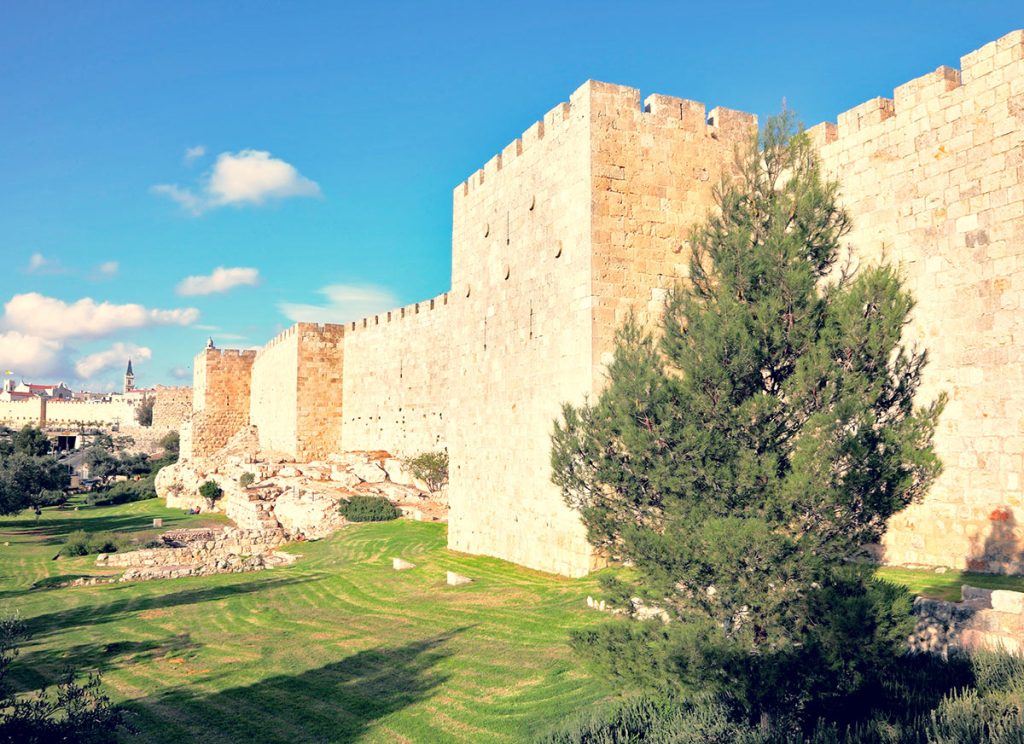
Some More About Walls of Jerusalem
Jerusalem’s walls were extended and rehabilitated during the Second Temple Period, developing what Josephus calls the First Wall. Herod the Great Added what Josephus called the Second Wall somewhere between today’s Jaffa Gate and Temple Mt. Agrippa I (r. 41-44 CE). Later began the construction of another wall. Scholarly research calls it ‘the Third Wall,’ completed just at the beginning of the First Jewish-Roman War. Some remains of this wall are located today near the Mandelbaum Gate gas station.
Walls of Jerusalem: Jerusalem is Expanding to the Western Hill
During the Hasmonean Period, the settlement in Jerusalem grew and expanded onto the western hill. The wall built by Hezekiah to fortify the mountain of the west, which had lain in ruins since 586 BCE., was now repaired and rebuilt. Portions of this wall survive. Including inside the courtyard of the Citadel, a medieval and Ottoman Period fortified enclosure at the northwest corner of the western hill.
Archaeology of Biblical Jerusalem
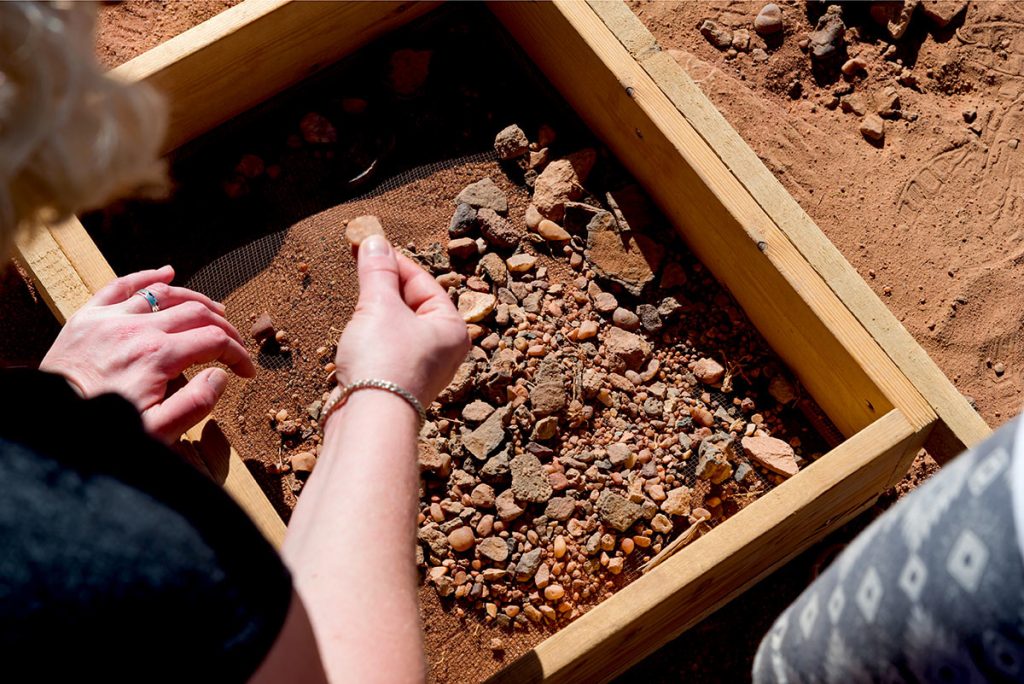
Archaeologists identify the Hasmonean wall with the First Wall described by Josephus. The stones in the wall are laid in alternating courses of headers and stretchers. Furthermore, they have drafted margins with rough, protruding bosses. This means that the four edges (margins) are cut back and smooth, whereas the central part (the boss) is unworked. These techniques are characteristic of monumental construction in the late Hellenistic period. For example, they are seen on the seam’s north side at the Temple Mount’s southeast corner.
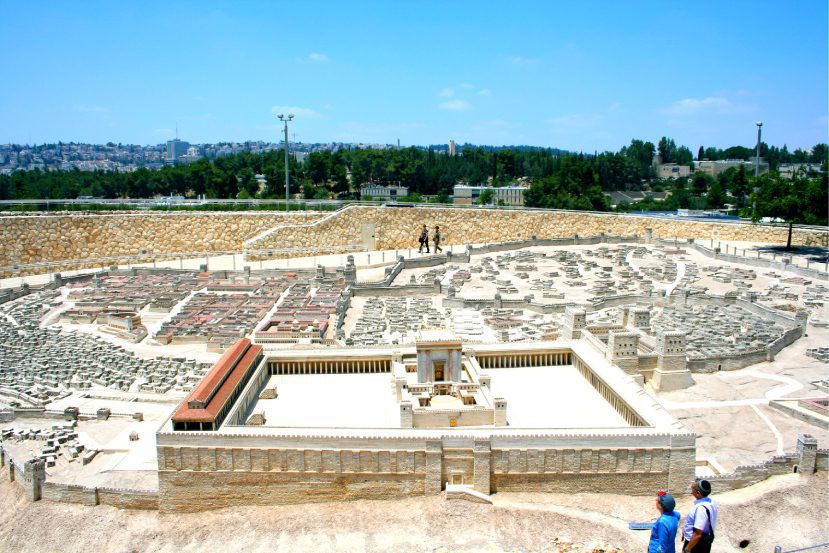
When touring the City of David, you can see the eastern section of the First Wall and its two towers in Area G. The two towers were discovered by Macalister and Duncan during their archaeological excavations of this site in 1923. Erroneously, they named this site the “Jebusite Bastion.” From the archaeological excavation carried out here by Kanyon and Shiloh. But it is now apparent that they are the remains of Hasmonean fortifications. Even Though Hasmonean-style cut stones, such as those from this wall’s northern or western section, have not been found.
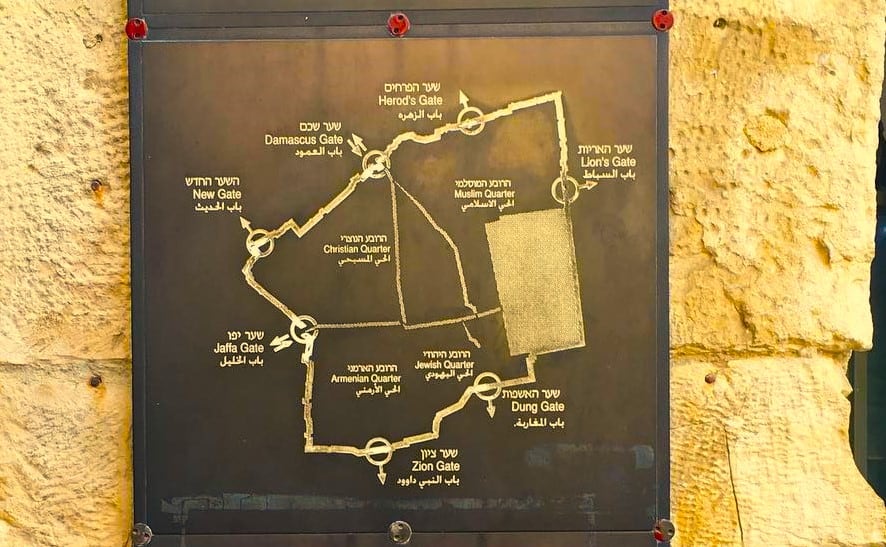
Walls of Jerusalem: Mentionings In the Book of Maccabees
The Book of Maccabees states that the Hasmonean rulers carried out restoration work on the walls of Jerusalem several times. In addition, we find the building style is not always identical. This leads researchers to the conclusion that certain sections were built at different times. Another chance to see the first wall is just outside Jaffa Gate. There, you can see it’s a different construction style than the one at the City of David. But without a doubt, it is dated to the same time.
Jerusalem Jewish Heritage Tour
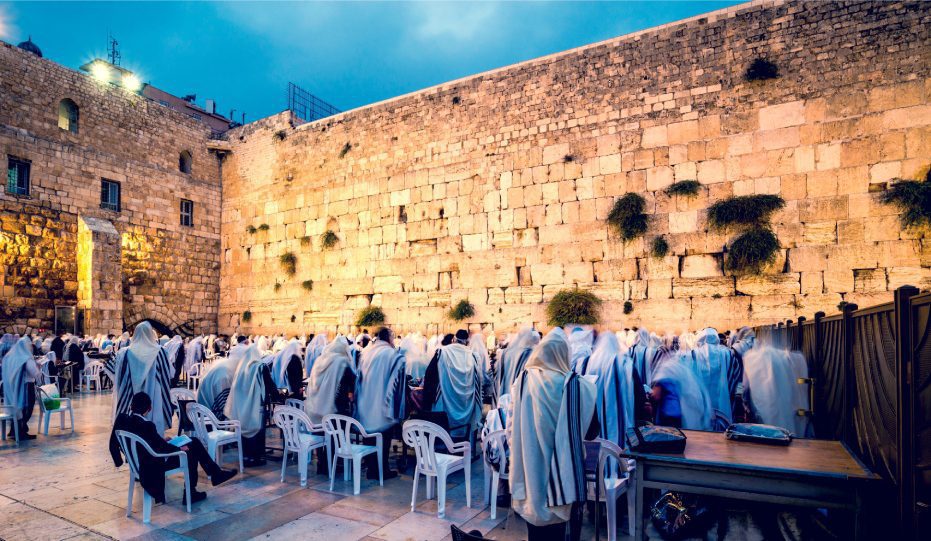
Moreover, It is one of the rare opportunities to see the first wall without getting lost in the Old City. Do you want to see more sections of the Walls of Jerusalem? So join one of my private tours! Then I like to show my guests all three of the different wall systems. In fact, there is one at the Cardo that is my favorite spot to show it. It is where two ancient walls meet each other.

